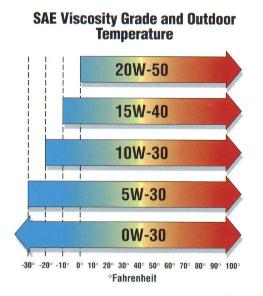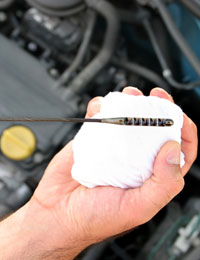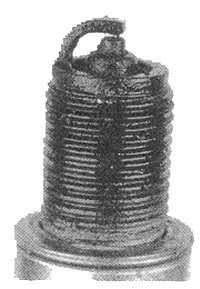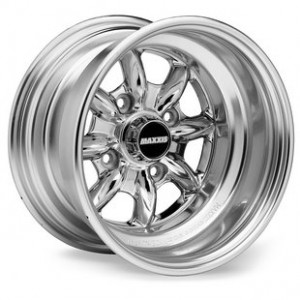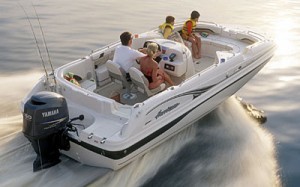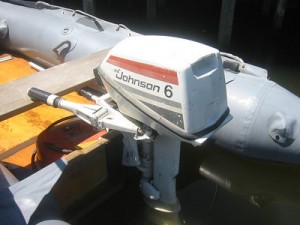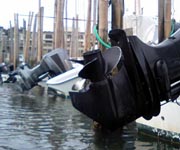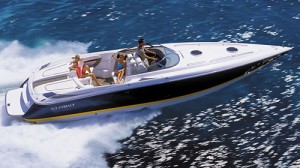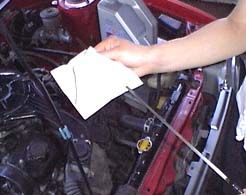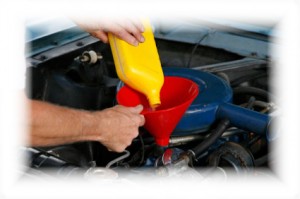How to Choose Your Outboard Motor Oil: Flash and Pour Point
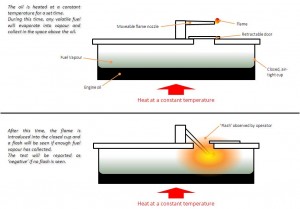 Now that we’ve covered the basics of oil viscosity, it is time to look at some of the other main specifications for your outboard motor oil. The flash point represents the temperature that the oil will be ignited at if exposed to an open flame. At this temperature, the oil will emit flammable vapors. Generally, the higher the flash point, the better the quality of the oil.
Now that we’ve covered the basics of oil viscosity, it is time to look at some of the other main specifications for your outboard motor oil. The flash point represents the temperature that the oil will be ignited at if exposed to an open flame. At this temperature, the oil will emit flammable vapors. Generally, the higher the flash point, the better the quality of the oil.
Like all liquids, oil can be chilled to a temperature where it is stagnate. The pour point is five degrees above this point and is particularly important for vehicles that are used in the winter. As you can probably ascertain, the lower the pour point is, the better. The flash point and the pour point represent the two extreme temperature limits of the oil, and aside from the viscosity, are the most important specs to consider.


